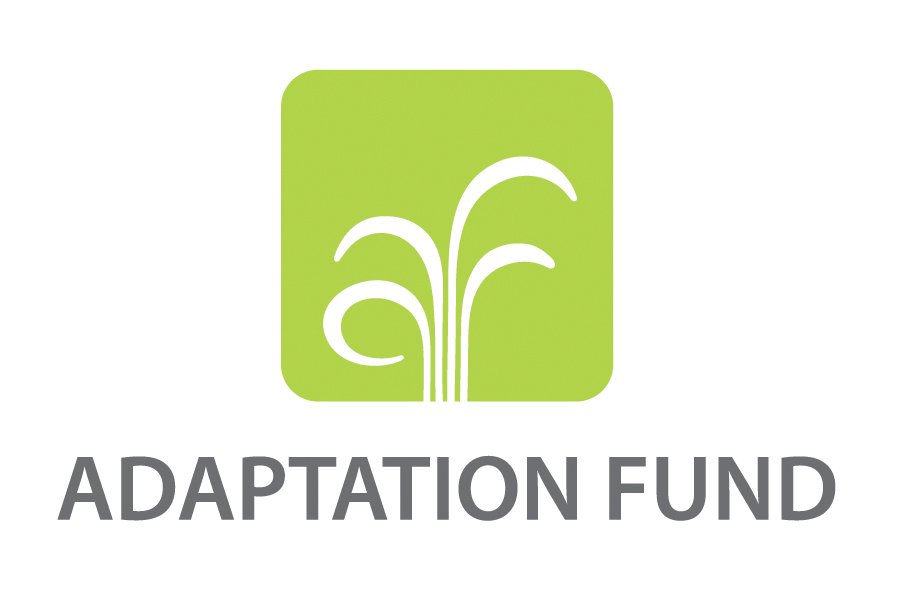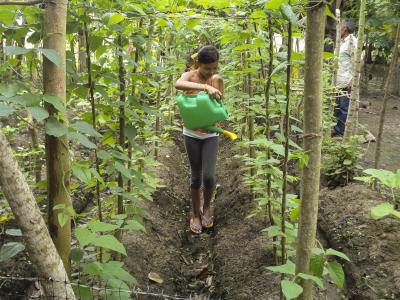Reducing risk and vulnerability to climate change in Colombia
Project Overview
With one of the highest rates of disaster occurrences in Latin America, Colombia experiences on average 2.97 disasters per year - floods and landslides accounted for a third of these between 1970-1999. The increasing intensity of these events has consequently pushed back advances in social development, leading to increased inequality and poverty. This UNDP-supported project, Reducing risk and vulnerability to climate change in the region of La Depresión Momposina in Colombia focused on the municipalities of Ayapel, San Marcos and San Benito Abad to reduce the vulnerabilities of communities and wetlands to climate-related flooding and drought risks.
Project Details
Led by the Ministry of Environment, this project sought to reduce the vulnerability of communities to the risks of flooding and drought associated with climate change and increase the resilience of ecosystems in this region. Its main activities focused on the municipalities of Ayapel in Córdoba, San Marcos and San Benito Abad, Sucre. This initiative was implemented in association with Local Climate Change Consolidation Platform, made up of community leaders and local institutions.
News
Reducing Risk and Vulnerability to Climate Change in Colombia - 20th December 2018
UNDP Colombia, April 6, 2018: The hanging gardens of Colombia
UNDP Colombia, January 11, 2017: Huertas familiares contra el cambio climático en la Mojana
Key Results and Outputs
The project objective was to reduce the vulnerability of communities and of wetlands in the region of La Depresion Momposina to flooding and drought risks associated with climate change and variability. To achieve this objective the project included the following four components:
- The existing hydroclimatological and environmental information system (HEIS) is strengthened and used by local- and regional-level stakeholders, reducing their exposure to the impacts of climate change.
- Wetlands and their hydrology in the target area are rehabilitated as a means of reducing risk to flooding and drought associated with climate change and variability.
- Increased adaptive capacity of local communities in three targeted municipalities through the introduction of agroecological practices that help reduce their vulnerability to the impacts of climate change.
- Institutional and policy capacity strengthened for mainstreaming climate risk management and adaptation measures into planning and decision-making processes.
Reports and Publications
PIFs
Monitoring and Evaluation
View Terminal Evaluation report (published in 2017) here on UNDP's Evaluation Resource Centre.
Links
Contacts
UNDP trained communities on climate change threats related to flooding and help introduce adaptation measures to reduce vulnerabilities.



 Powerful women face the climate crisis head on in Colombia
Powerful women face the climate crisis head on in Colombia  Delivering toward Paris by empowering nations
Delivering toward Paris by empowering nations